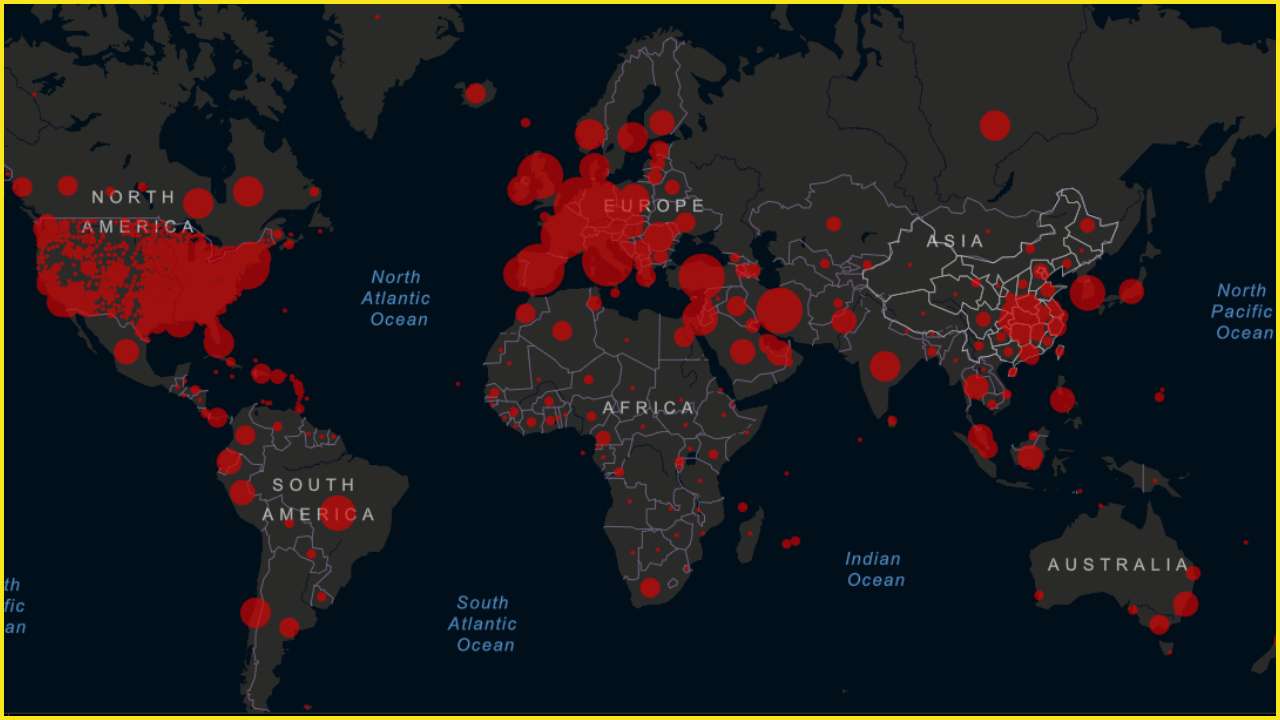
Work from here, there ... anywhere? In Punta Mita, Mexico, one resort is preparing to offer WFP (Work From Paradise) and LFP (Learn From Paradise). Around 30% of the global workforce is expected to toil remotely in the coming months.
Economic cost of 5 months of Nepal lockdown The country faces an even bigger challenge than Covid-19: economic collapse ........ all indications are of that SARS-CoV-2 is here to stay, and that it will resurface with added virulence in winter. .......... The Rastra Bank estimates that it will take at least nine months after the lockdown is fully lifted for the economy to come back to previous levels. This means Nepal is not going to see a recovery this fiscal year. The central bank says 22.5% of those employed in the country have lost their jobs in the past five months of lockdown. .............. “Everything is at a complete standstill, there are no transactions taking place except people buying food from day to day” ...... “The question is how long before businesses run out of cash to pay salaries, and families run out of savings.” ............ Even worse hit is the tourism and aviation sector where revenue is zero for the past five months. Banks had given loans worth Rs1.1 trillion for hotels and restaurants, and had lent Rs40 billion to the transport sector. They are not in a position to replay even the interest, let alone the capital.......... Even the sale of alcohol products are down by up to 80%. .......... the real barometer of just how bad the crisis is can be felt in the banking sector where on the one hand liquidity is overflowing because of reduction in loan disbursement, but collection has also shrunk because of defaults. The print editions of the Nepali language press in the past month are full of bank notices for auctions of collateral property. However, even if the property is up for auction, they may be no buyers. ............ The government had told borrowers they had a grace period till December to repay bank loans without being put on the defaulters’ black list, but it is looking like even that is being optimistic......... most businessmen have given up on a Dasain-Tihar revival this year. .......... “This year we are just trying to get by, there is no hope for sales.”
Ways Nepal can rebound from COVID-19 There are plenty of examples from the past of Nepalis turning crises into opportunities ............ One major impact in Nepal is the sudden return of large numbers of migrant workers who have lost overseas employment due to the shrinkage of the global economy. Even if economies in host countries stabilise in the next couple of years, it could be another five before they invite workers back from Nepal. .......... In 1959, large numbers of Tibetan refugees fleeing the Chinese takeover arrived in Nepal. Timely response to the crisis by development organisations and Nepal government led to the launch of Nepal’s Tibetan carpet industry. At its peak in 1993, the sector employed 1.2 million people and brought in one third of Nepal’s foreign currency earnings. ................... One proposed sector is high-value agriculture on under-utilised land in the Tarai and mid-mountain valleys. A high percentage of the returnees come from farming families and are already familiar with the basics. They can acquire the skills required for high-value agriculture once they see the potential returns from growing vegetables and fruits or raising livestock. ............ The amount of food Nepal imports from India annually provides a ready substitution market and the ecological niches provided by Nepal’s many micro-climates provide the opportunity for producing off-season fruits and vegetables which can be exported to India. ........... In most parts of the Tarai, groundwater is accessible through shallow tube wells. The national grid has reached all municipalities in the Tarai and increasing numbers of farmers are able to use electricity for irrigation pumping. ......... a total investment of $170 million by the Government of Nepal and donors would enable 250,000 farmers with an average of a third of an acre to generate over $2 billion in vegetable sales over five years, with $750 million in annual sales going forward. While the government’s investment of $500 per farmer would be used to reduce the cost of purchasing simple greenhouses and solar pumps, each returnee would spend around $1,540 on seeds, fertiliser, land leases and farm equipment.


No comments:
Post a Comment